Table of Contents
What Kind of Pepper Is Crushed Red Pepper?
Crushed red pepper is not a specific type of pepper but rather a processed form of various chili peppers. Typically, it consists of dried chili peppers that have been ground or crushed into small flakes or powder. The most common varieties used are cayenne, ancho, and jalapeño, though the exact mix can vary depending on the brand and region.
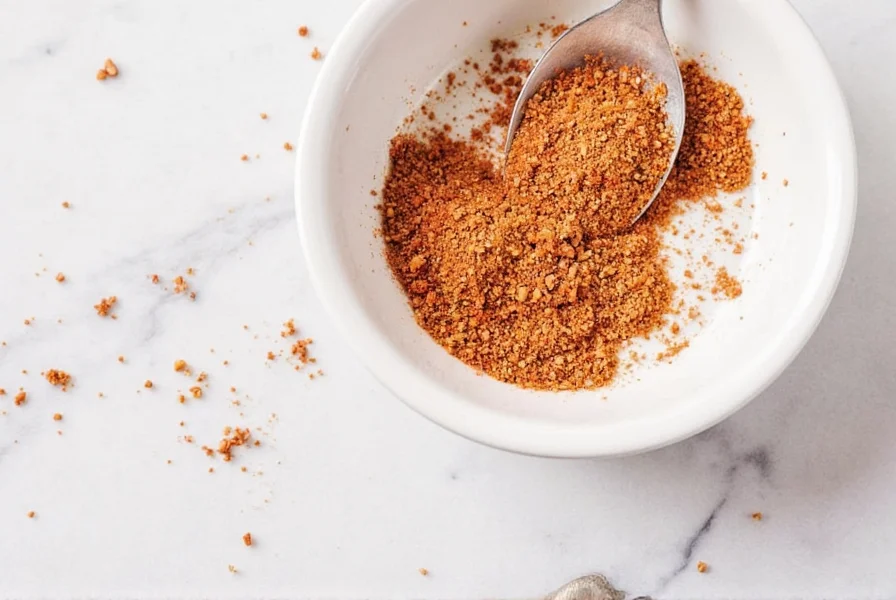
Common Uses in Cooking
Crushed red pepper is incredibly versatile. Here are some of its most popular applications:
- Sauces and Dips: Add a bit of heat to marinara, buffalo sauce, or even hummus.
- Pasta Dishes: Sprinkle over spaghetti aglio e olio or use in arrabbiata sauce.
- Meat Rubs: Mix with garlic, salt, and olive oil to create a spicy rub for chicken, steak, or pork.
- Seasoning: Use in popcorn seasoning, deviled eggs, or roasted vegetables.
- Spicy Snacks: Enhance the flavor of chips, crackers, or even chocolate-based desserts.
Its coarse texture makes it ideal for sprinkling over finished dishes, while the heat level can be adjusted by using more or less of the product.
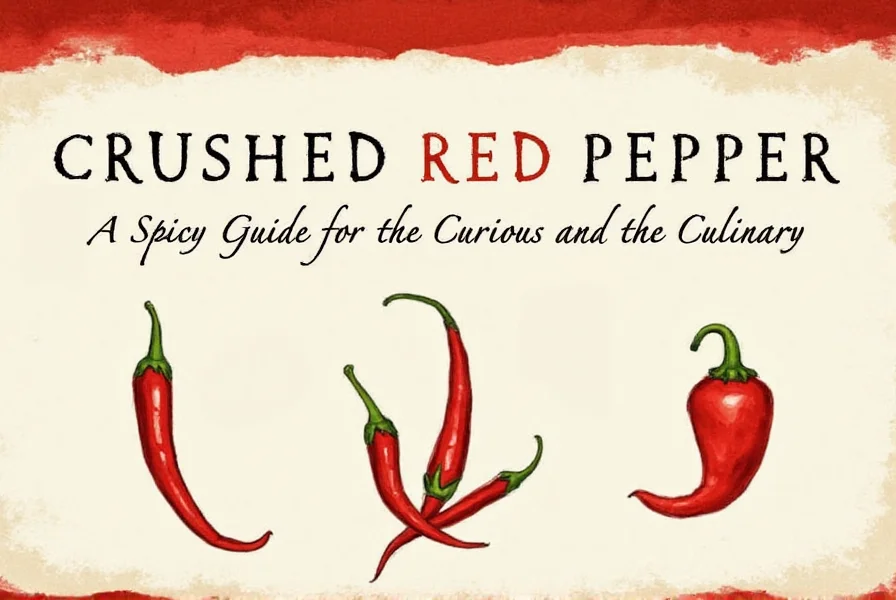
Comparing Crushed Red Pepper with Other Peppers
| Spice | Heat Level | Texture | Flavor Profile |
|---|---|---|---|
| Crushed Red Pepper | Medium to High | Coarse Flakes or Powder | Smoky, Spicy, Slightly Sweet |
| Paprika | Mild | Fine Powder | Earthy, Sweet, Smoky |
| Chili Powder | Medium | Fine Powder | Warm, Earthy, Mildly Spicy |
| Cayenne Pepper | High | Fine Powder | Hot, Sharp, Tangy |
As you can see, crushed red pepper sits somewhere between mild and hot, with a distinctive texture that sets it apart from other red spices.
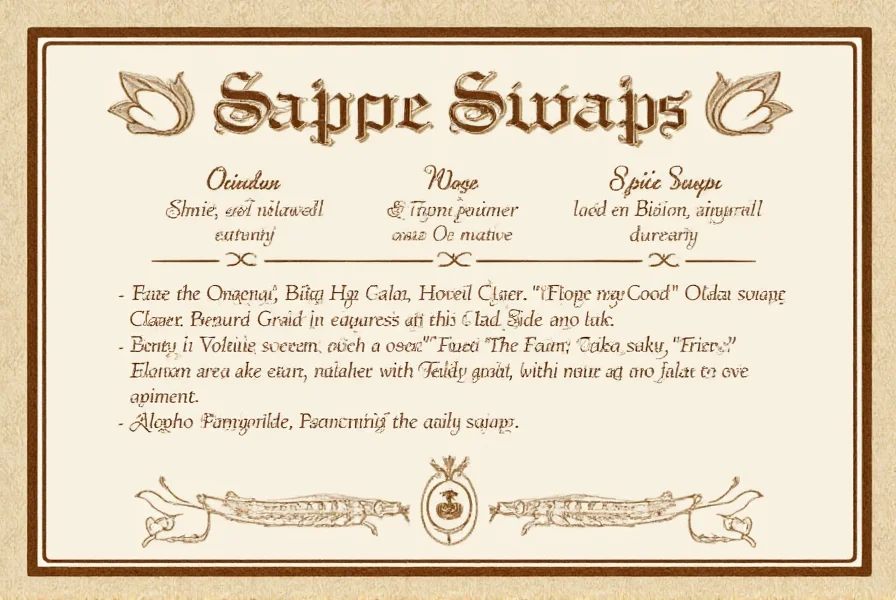
Buying Guide: How to Choose the Best Crushed Red Pepper
When shopping for crushed red pepper, consider the following factors to find the best option for your needs:
1. Heat Level
Crushed red pepper can range from mildly spicy to very hot. If you're new to spicy foods, look for products labeled as "mild" or "low heat." For seasoned cooks, go for a higher heat level to get that extra kick.
2. Ingredients
Some brands blend different types of peppers, while others use just one. If you want a more consistent flavor, opt for single-ingredient crushed red pepper. If you enjoy complexity, try a blended version.
3. Origin and Quality
Look for products that are organic, non-GMO, and free from artificial additives. Brands like Simply Organic, McCormick, and Rao's offer high-quality options that are trusted by chefs and home cooks alike.
4. Use Case
Consider how you plan to use the crushed red pepper. If you're making sauces, a finer grind might work better. For sprinkling over dishes, coarse flakes are ideal.
5. Brand Reputation
Stick with well-known brands that have a reputation for quality and consistency. Reading reviews can also help you make an informed decision.
Here are some recommended products:
- McCormick Crushed Red Pepper: A classic choice with a balanced heat level and great versatility.
- Rao's Crushed Red Pepper: Known for its bold flavor and high quality, perfect for Italian-inspired dishes.
- Simply Organic Crushed Red Pepper: Organic and free from fillers, ideal for health-conscious cooks.
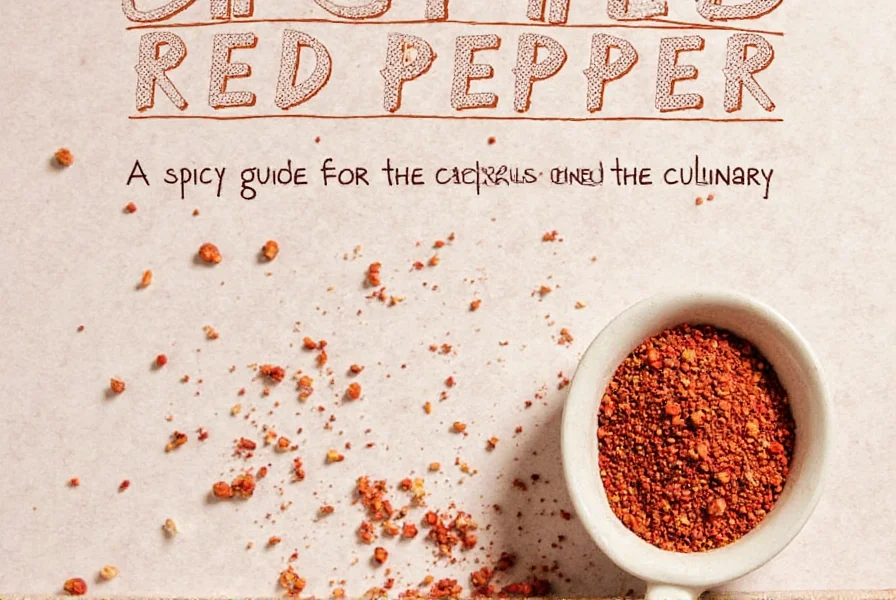
Practical Tips for Using Crushed Red Pepper
Whether you're a seasoned chef or a kitchen newbie, here are some tips to help you get the most out of crushed red pepper:
- Start Small: Crushed red pepper is potent. Start with a pinch and add more as needed.
- Use Fresh: The longer it sits, the more the flavor can fade. Store in a cool, dark place for best results.
- Pair with Garlic: Combine with minced garlic for a spicy, aromatic base for sauces and dressings.
- Make Your Own: Buy whole dried chilies (like cayenne or ancho) and crush them yourself for a fresher, more customizable option.
- Experiment: Don't be afraid to mix it with other spices like smoked paprika or black pepper for a unique flavor profile.
Remember, the key to mastering crushed red pepper is understanding how it interacts with other ingredients. Play around with different combinations to find what works best for your taste.
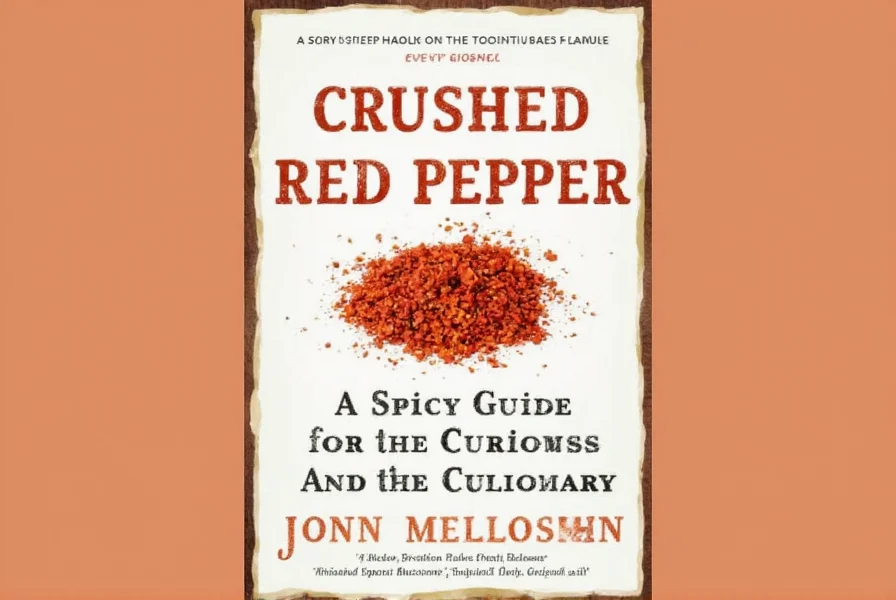
Frequently Asked Questions About Crushed Red Pepper
What kind of pepper is crushed red pepper made from?
Crushed red pepper is typically made from a blend of dried chili peppers, most commonly cayenne peppers. However, it can also include other varieties such as ancho, jalapeño, and sometimes even Hungarian wax peppers. The specific blend can vary by brand and region, which is why heat levels and flavor profiles might differ between products.
Is crushed red pepper the same as red pepper flakes?
Yes, crushed red pepper and red pepper flakes are generally the same product. The terms are used interchangeably in most contexts, though some regional variations might exist in the specific peppers used or the coarseness of the grind. In Italy, for example, what Americans call "red pepper flakes" is often labeled as "peperoncino."
How hot is crushed red pepper compared to other spicy ingredients?
Crushed red pepper typically ranges from medium to high on the heat scale, falling between 30,000-50,000 Scoville Heat Units (SHU). It's generally hotter than paprika but milder than pure cayenne pepper powder. The heat level can vary based on the specific peppers used in the blend—products with more cayenne will be hotter, while those with more ancho peppers will be milder and sweeter.
Can I substitute crushed red pepper with other spices?
Yes, but with some caveats. For similar heat and flavor, you can substitute with cayenne pepper (use 1/2 to 1/3 the amount as crushed red pepper is milder). For milder flavor, use paprika. If you need both heat and texture, try mixing cayenne with a bit of dried chili flakes from whole peppers. Fresh chili peppers can also work as a substitute, but they'll provide moisture that dried flakes don't.
How should I store crushed red pepper to maintain freshness?
Store crushed red pepper in an airtight container in a cool, dark place. Properly stored, it can maintain its flavor for 1-2 years. Avoid storing it near heat sources like stoves or in direct sunlight, as this can cause the oils in the peppers to degrade faster. For extended shelf life, consider storing it in the refrigerator or freezer, though this isn't necessary for regular use.
Why does my crushed red pepper sometimes have seeds in it?
The seeds and white membranes inside chili peppers contain most of the capsaicin (the compound that creates heat), so some brands include them intentionally to increase the heat level. Other brands remove the seeds for a milder product. The presence of seeds doesn't indicate poor quality—it's simply a matter of the manufacturer's preference and the intended heat level of the product.
Conclusion
In summary, crushed red pepper is a versatile, flavorful spice made from dried chili peppers that have been crushed into flakes or powder. Whether you're looking to add a little heat to your favorite dish or experiment with new flavors, crushed red pepper is an essential tool in any kitchen.
With the right knowledge and a few practical tips, you can confidently use crushed red pepper in a variety of recipes. So next time you reach for that bottle, remember—this isn't just a spice; it's a gateway to bold, exciting flavors.
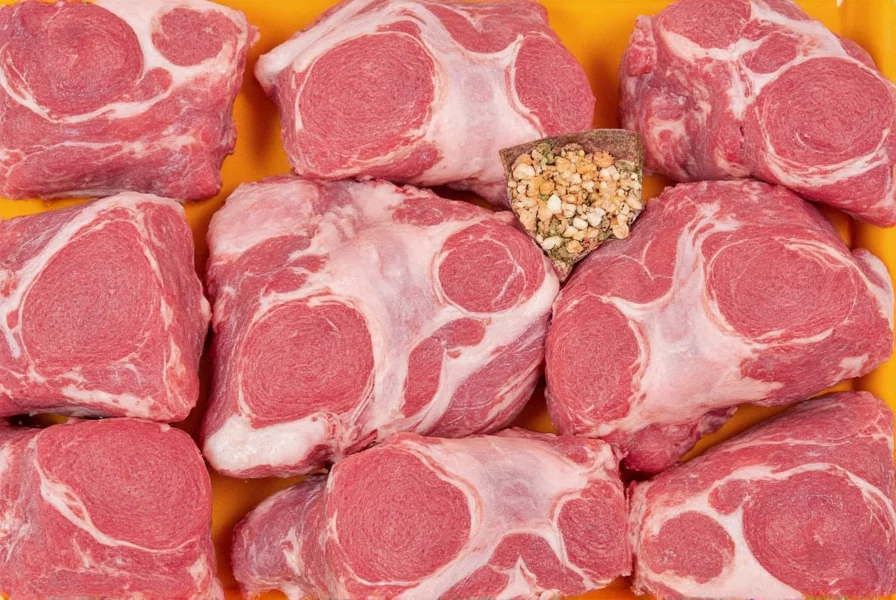

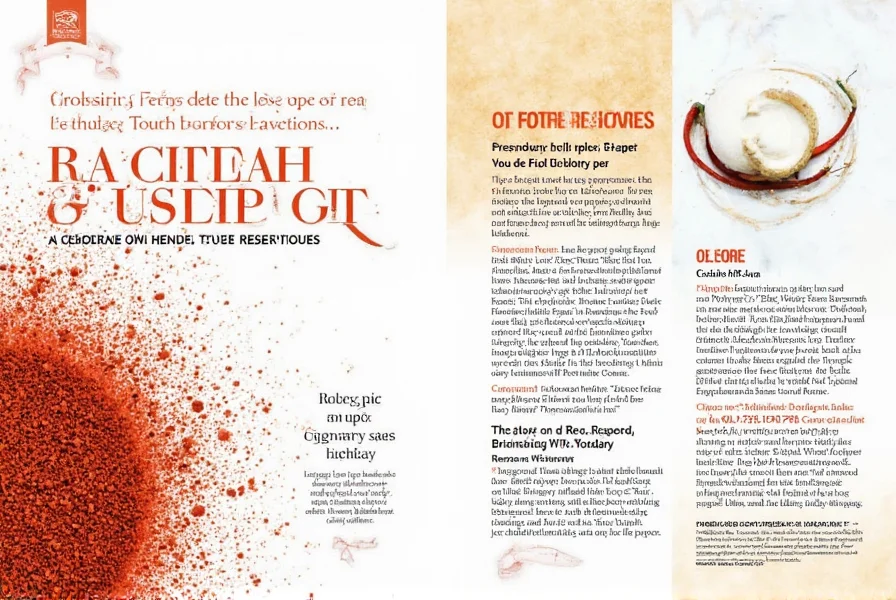









 浙公网安备
33010002000092号
浙公网安备
33010002000092号 浙B2-20120091-4
浙B2-20120091-4